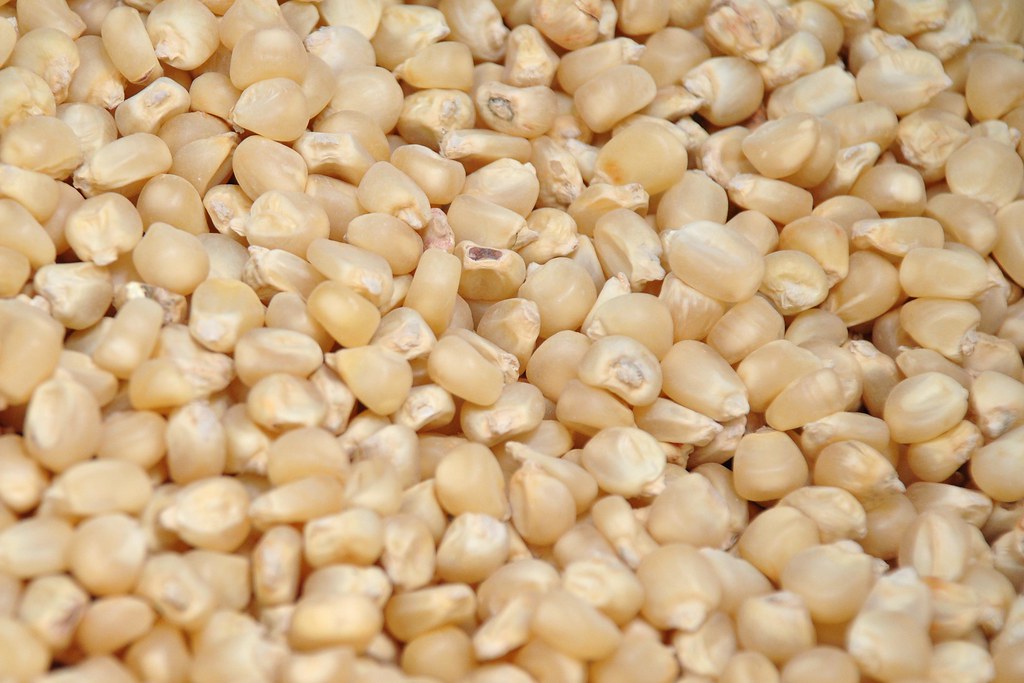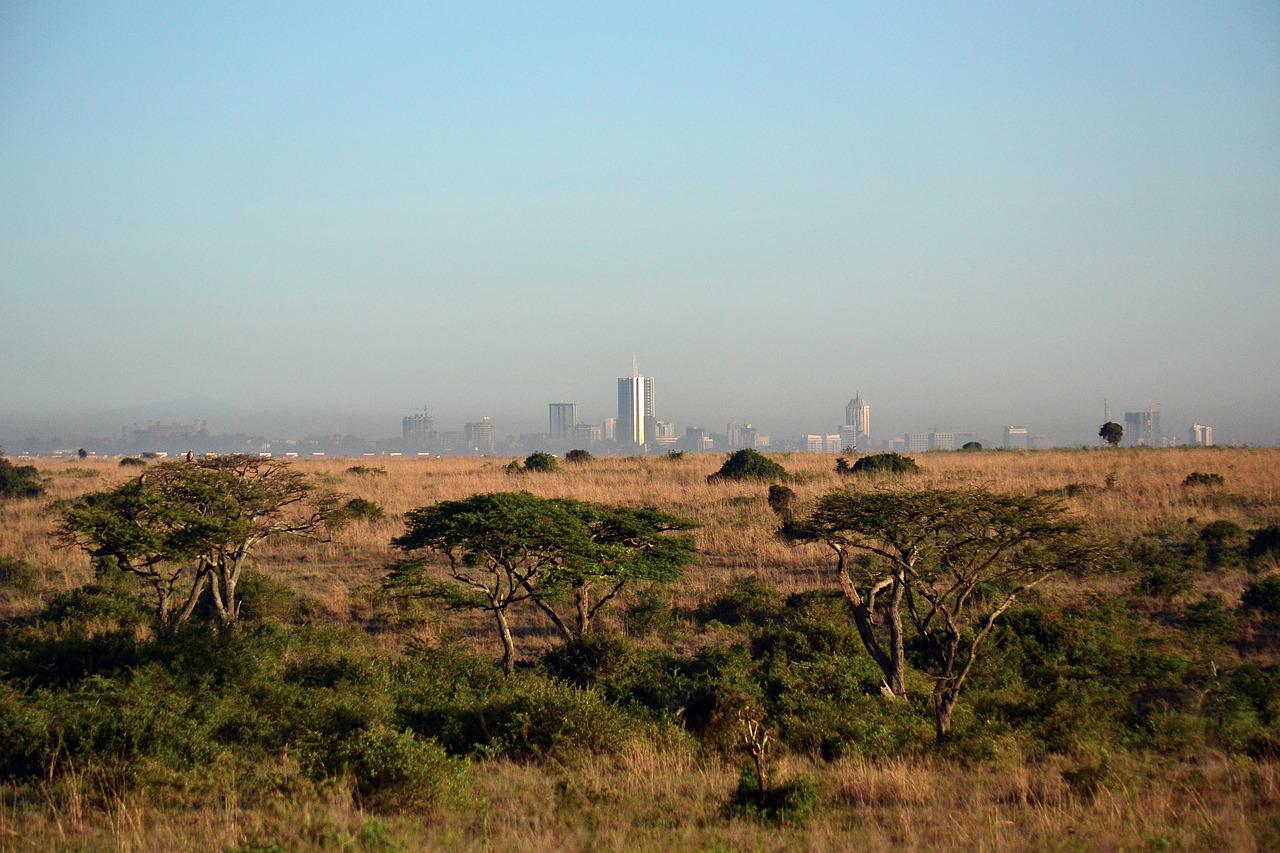
By George Munene
According to Kenya’s United Grain Miller’s Association, the country has run out of maize, while existing wheat stocks are expected to last until September.
The price of a 90kg bag of maize has jumped 50 per cent from Sh2,800 at the start of the year to Sh4,200. A two-kilogram packet now retails for a historic Sh150.
Kenya typically relies on her neighbours to meet its maize demand. However, it will be forced to look further ashore as Uganda and Tanzania both also experience depressed production.
“We are going to run out of maize in the next few months and to control the rising cost of flour, we need to import the produce,” said Agriculture Cabinet secretary Peter Munya.
Related News: Maize shortage & new taxes predicted to drive up feed cost
He also partly attributed the acute shortage to farmers and brokers hoarding grain.
Wheat
Consumption of wheat food products has overtaken maize across the country. Wheat is also the second-largest grown cereal crop after maize.
Kenya imports more than 60 per cent (550,000 T/year) of its wheat from Russia and Ukraine. This has been made impossible to access by the ongoing conflict between the neighbours.
With this in mind, the government had looked to tap the world's second-largest wheat exporter, India, to bolster its reserves and contain prices which have risen by 40 per cent this year.
This move now looks out of the question following India’s announcement last week of a ban on wheat exports to curb soaring domestic prices.
The Cereal Millers Association of Kenya points out that both the country’s purchasing power and wheat milling capacity have diminished due to these high prices.
Related News: Russia's invasion of Ukraine to push fertiliser & food prices even higher
Related News: Maize production to stagnate as fertiliser prices rise & farmers find lucrative alternatives —USDA report
With the global price of wheat up 5.9 per cent just this week, other countries are expected to take similar protectionist measures.
Dry weather conditions and heatwaves across most parts of the world have resulted in poor harvests.
According to the United Nations Food and Agriculture program (FAO) the war in Eastern Europe is worsening an already existing food crisis in Africa. Before the war started in February, the cost of food staples had risen 23 per cent last year, faster than any year in the last 10.
Write comment (0 Comments)
















